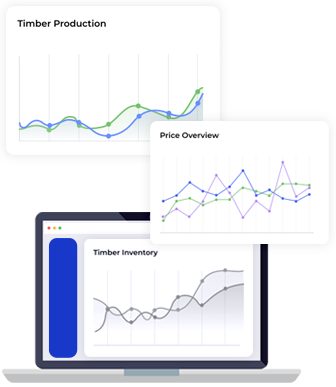
North American lumber production to curtail due to low home construction in 2023
Posted on January 20, 2023 |
In 2023, new housing starts in the U.S. are expected to be 1.2 million, down from 1.55 million in 2022.
North American home construction is expected to slow due to high borrowing rates, and B.C. will be the first lumber-producing region to curtail production when lumber prices fall.
In 2022’s first half, wood product exports from B.C. reached $8.6 billion, representing 30% of the value of all commodity exports, which is dim for B.C.’s forestry sector in 2023.
In March 2022, lumber prices dropped from $1,400 per thousand board feet to $360 per thousand board feet in December and the break-even price for most sawmills in B.C. is $450 to $500 per thousand board feet.
As a result, Canfor Corp. idled all its sawmills in December for at least 4 weeks, Aspen Planers temporarily curtailed operations in Merritt in mid-December and Western Forest Products and Conifex also announced temporary curtailments.
More curtailments are expected due to the government's policy, primarily old-growth deferrals, caribou habitat protection, and core landscape planning, and now the government committed to preserving 30% of B.C. forests by 2030, up from 15% currently.





